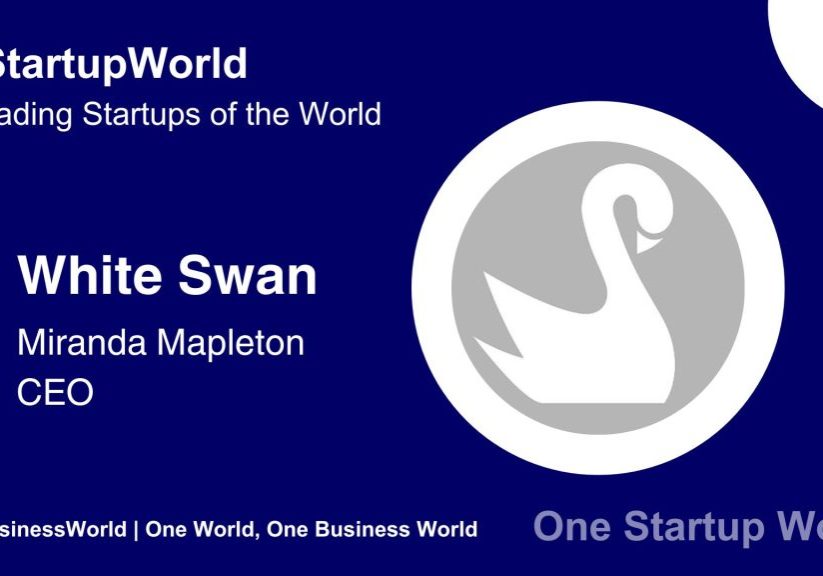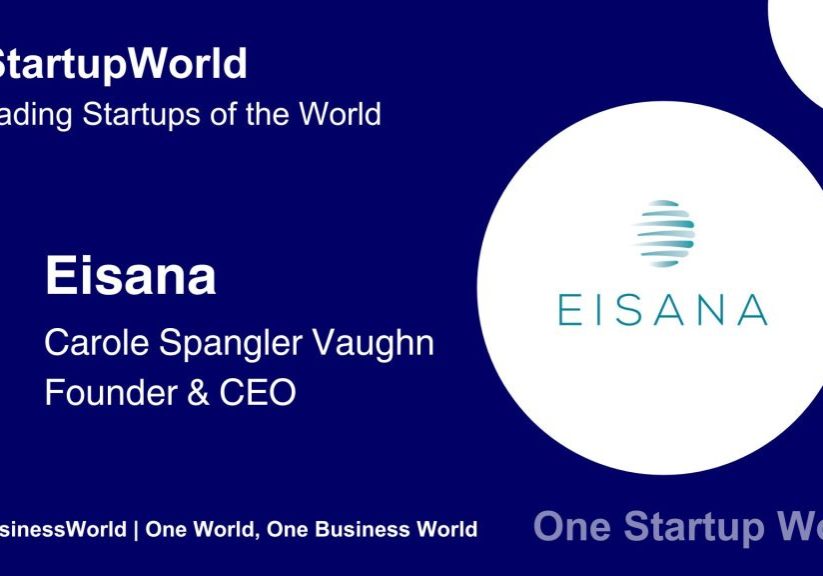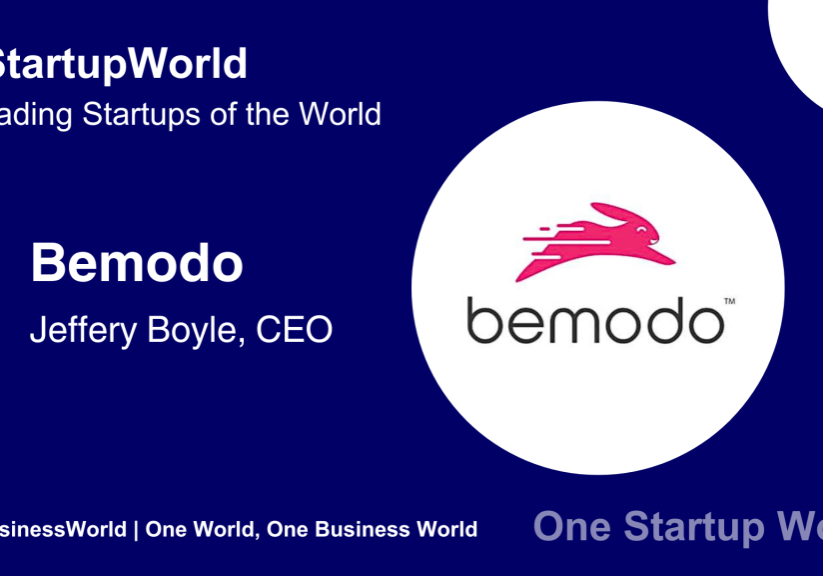
In an unmarked office building in Austin, Texas, two small rooms contain a handful of Amazon employees designing two types of microchips for training and accelerating generative AI. These custom chips, Inferentia and Trainium, offer AWS customers an alternative to training their large language models on Nvidia GPUs, which have been getting difficult and expensive to procure. “The entire world would like more chips for doing generative AI, whether that’s GPUs or whether that’s Amazon’s own chips that we’re designing,” Amazon Web Services CEO Adam Selipsky told CNBC in an interview in June. “I think that we’re in a better position than anybody else on Earth to supply the capacity that our customers collectively are going to want.”Yet others have acted faster, and invested more, to capture business from the generative AI boom. When OpenAI launched ChatGPT in November, Microsoft gained widespread attention for hosting the viral chatbot, and investing a reported $13 billion in OpenAI. It was quick to add the generative AI models to its own products, incorporating them into Bing in February. That same month, Google launched its own large language model, Bard, followed by a $300 million investment in OpenAI rival Anthropic. It wasn’t until April that Amazon announced its own family of large language models, called Titan, along with a service called Bedrock to help developers enhance software using generative AI.”Amazon is not used to chasing markets. Amazon is used to creating markets. And I think for the first time in a long time, they are finding themselves on the back foot and they are working to play catc …












